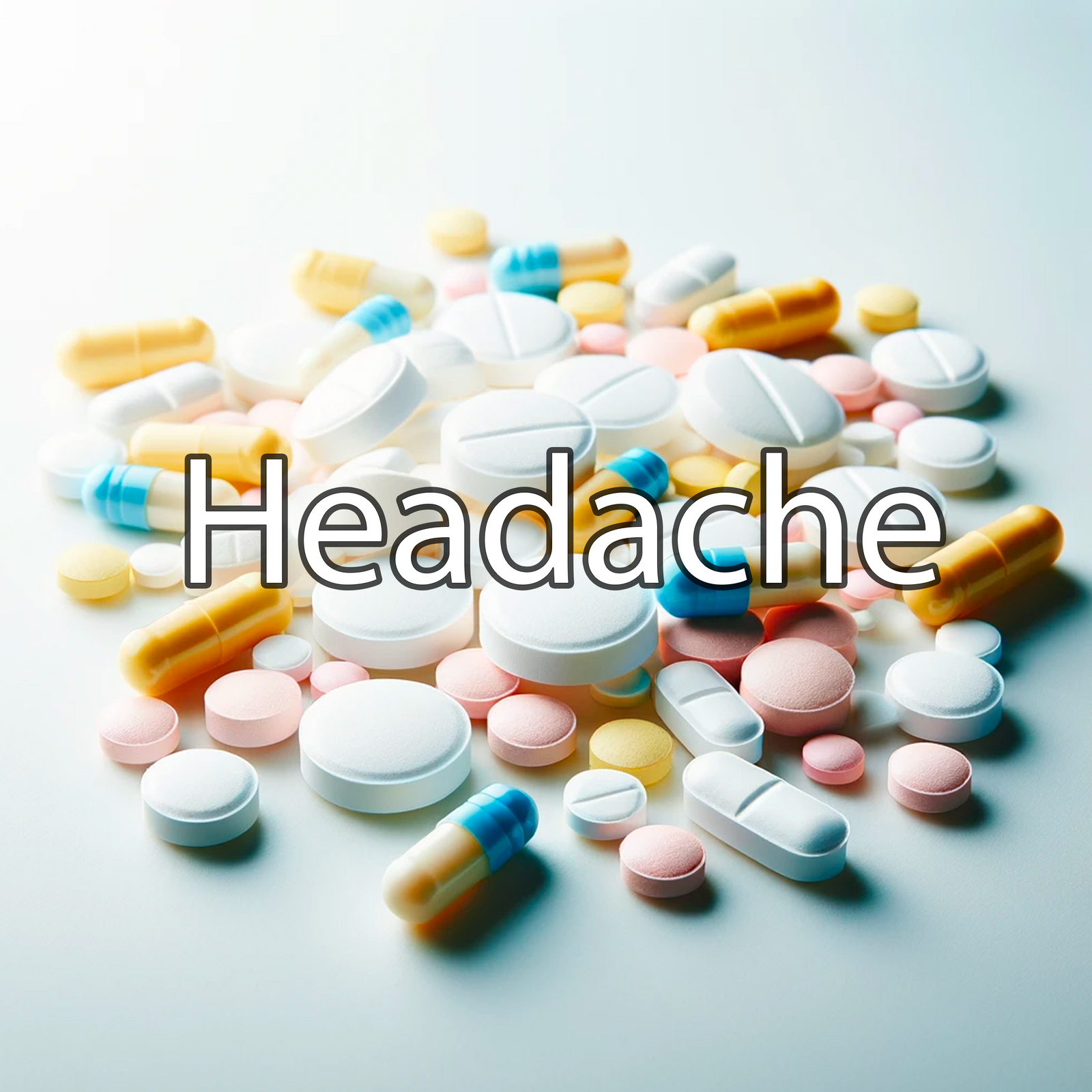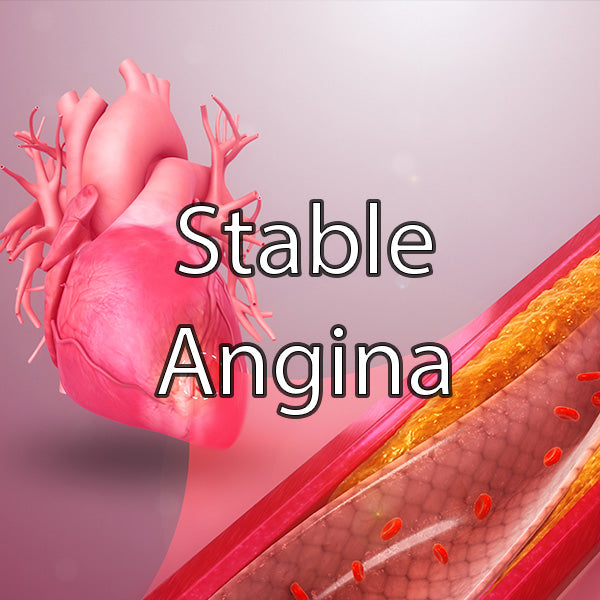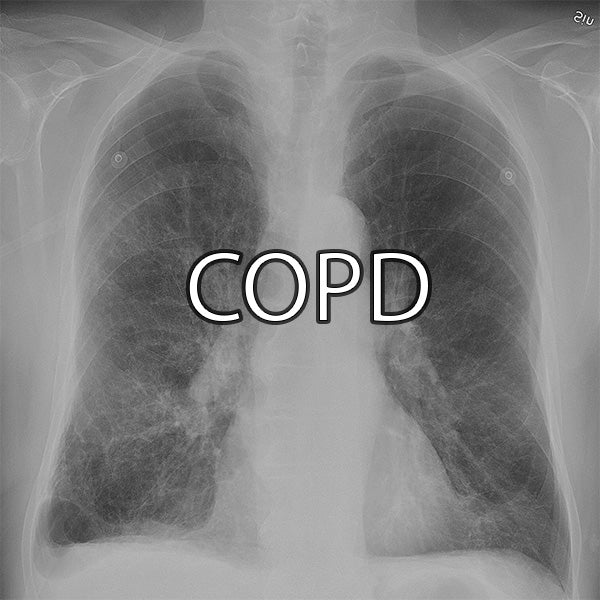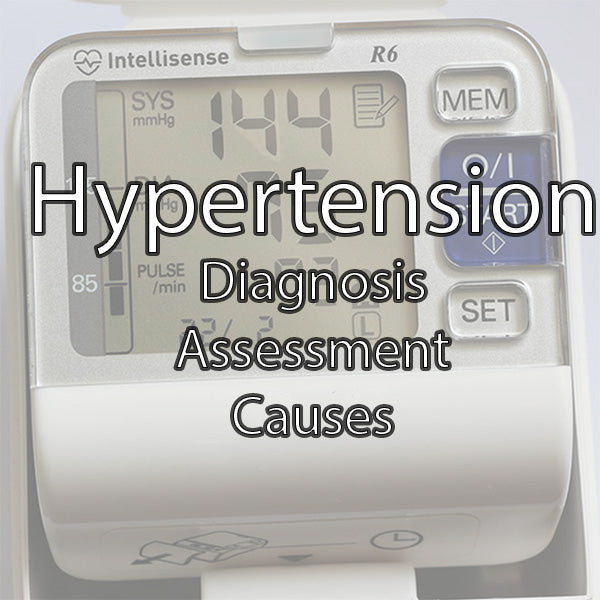Headaches: Differential Diagnosis with History, Examination, Investigations and Management

By Dr N Gittens (FY2)
Contents
- Intro
- Primary Headaches
- Red flags 🚩
- Taking a headache history
- MCQs
Headaches are commonly encountered and can be primary (no underlying cause or due to pain-sensitive structures in the head) or secondary (due to an underlying condition).
The most common types of primary headache are:
- Tension Headaches: Feels like a tight band around the head. Key factors - stress, missed meals, and lack of sleep.
- Migraines: Unilateral and pulsating, often with nausea or light sensitivity. Watch out for triggers like high caffeine.
- Medication Overuse: Resulting from frequent painkiller use, especially in migraine sufferers.
- Cluster Headaches: Intense, unilateral pain around the eye or temple, more common in young male smokers.
- Trigeminal Neuralgia: Sharp facial pain, triggered by factors like wind or certain foods, more prevalent in older females.
Primary Headaches
Tension Headaches
Presentation: the most common type of primary headache, tension headaches present as dull, non-pulsatile pain that feels like a tight band around the head.
Typically, they are featureless, bilateral, mild-to-moderate headaches and don't worsen with physical activity.
Risk factors include stress, skipping meals, fatigue, or lack of sleep.
Chronic tension headaches occur > 15 days per month.
Migraines
NB: most chronic headaches are migraine - estimated up to 90%!
Presentation: migraines are unilateral, pulsating headaches of moderate to severe intensity.
Accompanied by nausea, vomiting, photophobia, and sometimes an aura, migraines can improve with rest.
Aura symptoms can be visual, sensory or motor and occur 5-60 minutes before. These symptoms can include flashes of light, blind spots, or tingling in the hands or face. Migraine without aura accounts for 70% of patients with migraine headaches. It's important to note whether aura is present as it affects treatment - for example migraine with aura is a contraindication to the combined oral contraceptive pill.
To be diagnosed with migraines, patients must experience at least five attacks that meet the following criteria:
- Duration: Each attack lasts between 4 to 72 hours when untreated.
-
Characteristics: The attacks should have at least two of these features:
- Unilateral
- Pulsating
- Moderate to severe pain intensity
- Accompanied by nausea/vomiting, and/or sensitivity to light (photophobia)
Additionally, it's essential to note that no other medical cause should be identified to explain these symptoms.
Migraines are typically episodic but can become chronic in about 15% of cases. In such chronic scenarios, patients experience featureless and migrainous headaches for ≥ 15 days a month, with ≥ eight of these days involving migrainous headaches.
Risk factors include family history and high caffeine intake. The aura can include visual, sensory, or motor symptoms and typically occurs 5-60 minutes before the headache.
Treatment (acute) can include simple analgesia, triptans (avoid during aura), and prokinetic antiemetics.
There are a few options for prophylaxis of migraines - most commonly used are propranolol (β blocker), topiramate (anti-epileptic), amitriptyline (tricyclic antidepressant) or even candesartan (ARB) which are usually trialled for 3 months at a time. Other options (guided by neurology) include valproate, botulinum toxin and CGRP antagonists.
For a full guide on treatment of migraine there's a really good summary on NICE CKS: https://bnf.nice.org.uk/treatment-summaries/migraine/
Medication Overuse Headaches
These arise from the excessive use of analgesics or specific migraine medications like triptans or opioids, often for more than 10-15 days a month over three months. They typically occur in patients with a history of migraines, where the acute migraine therapy is not effective.
Medication Overuse Headache (MOH) - Key Indicators
- Triptans/Opioids Usage: More than 10 days per month for over 3 months.
- Simple Analgesics Usage: Exceeding 15 days per month for over 3 months.
- Usually underlying migraine
- Usually acute migraine therapy is ineffective
Management
- Withdrawal: Cease analgesics and caffeine use.
- Pain Relief: Use ibuprofen/naproxen only as needed, and very sparingly. Consider low dose amitriptyline (10-75mg) at night (unlicensed use).
- Headache intensity may increase for 7-10 days, or weeks if withdrawing from opioids.
Cluster Headaches
Known for their extreme severity, these unilateral headaches are localised to the orbit, supra-orbital, or temporal areas. They often occur at night, lasting 30-60 minutes, and appear in clusters over 6-12 weeks.
Symptoms include ptosis, lacrimation, rhinorrhoea, facial sweating, and agitation, and they can be triggered by alcohol.
Risk factors primarily include being male, a smoker, and over 20 years old.
Acute Treatment:
- Triptan: Nasal or subcutaneous as needed.
- Oxygen Therapy: 100% oxygen at 15L/min (consult neurology; contraindicated for smokers/E-cigarette users).
Termination of Cluster Headache:
- Prednisolone: 60mg daily, reduce by 10mg every 3 days.
- Verapamil: Start with 80mg three times daily, increase to 120mg and possibly 240mg as needed. Initiate alongside steroids.
- Monitoring: ECG initially, after each dose increase, and weekly for dosages >120mg three times daily (refer to hospital if primary care can’t provide).
Specialist Referral:
- All Cluster Cases: Refer for specialist review and MRI.
Trigeminal Neuralgia
This condition involves sudden, intense, paroxysmal facial pain in the distribution of the trigeminal nerve. The pain can be shooting, stabbing, or burning in nature. Triggers include environmental factors like wind or cold, and certain foods, especially spicy or hot.
Risk factors are multiple sclerosis, increased age, and being female.
Treatment is usually carbamazepine, otherwise lamotrigine or phenytoin may be used.
Red Flags 🚩
Headaches are really common complaints, we've all had one. You might have one right now if you're revising for finals!
We need to be able to figure out if there's anything serious going on.
Red Flags in Headache Assessment:
- Thunderclap Headache: Sudden, intense headache indicating possible subarachnoid hemorrhage (SAH).
- Visual Loss: Could suggest pituitary lesions, raised intracranial pressure (ICP), or papilledema.
- Neck stiffness/fever/photophobia/haemorrhagic rash: consider meningitis
- Unilateral Red Eye: Check for angle closure glaucoma.
- Over 50 with scalp tenderness/jaw claudication, check ESR/CRP for suspected temporal arteritis; refer, start immediate steroids (prednisolone 40-60mg daily, 60mg for visual symptoms) and consider aspirin 75mg unless contraindicated.
- Postural Changes: Headache related to bending, straining, exertion, coughing, or upon waking (possible raised ICP).
- Associated lethargy/nausea, others in household with same headache: ?carbon monoxide poisoning
- Atypical Aura: Headache with aura lasting over 1 hour, or with significant/prolonged motor weakness.
- Postural Pain: Worse or occurring when upright, suggesting low CSF pressure headache.
- New Daily Persistent Headache: Sudden onset of persistent headache.
- Neurological Changes: Rapid progression of sub-acute focal neurological deficits, personality, cognitive, or behavioral changes.
- Cancer or Immunosuppression History: New onset headache in patients with such backgrounds - ?tumour
- Progressive Headache: Worsening over weeks or longer ?tumour
- Refractory Headache: Persistent despite treatment.
- Unclassified Headache: Any headache that doesn't fit known categories.
Taking a headache history
SOCRATES:
- Site: where is the pain e.g. unilateral/bilateral/frontal/occipital/tight band distribution
- Onset: note if the headache starts suddenly or onset more gradual
- Character: Determine if the pain is pounding, pressuring, stabbing, or constant.
- Radiation: Identify if the pain spreads to the neck, face, or eyes.
- Associated Symptoms: Look for nausea, vomiting, aura, etc
- Timing: Assess if it’s worse in the morning and the frequency
- Exacerbating Factors: Consider caffeine intake and stress levels, is it worse with light or sound?
- Relieving Factors: See if hydration or standing up eases the pain.
- Severity: Rate the pain on a scale from 1 to 10.
Systemic review: Check for nausea and vomiting, visual disturbances, photophobia, neck stiffness, fever, rash, tenderness in the temporal region, and any neurological deficits.
Past Medical History (PMH): Review the patient's medical history, especially if there's migraine and previous use of analgesics, or if they have a history of cancer (consider brain mets).
Social History (SH): Understand the patient's lifestyle and social factors that may affect their health. Ask specifically about smoking and caffeine intake, sleep.
Family History (FH): Note any family history of similar symptoms or related health issues.
Ideas, Concerns, and Expectations (ICE): Address the patient’s own thoughts, worries, and expectations regarding their condition.
You can find more information and a practice OSCE station on Geeky Medics
https://geekymedics.com/headache-history-taking/
MCQs
Question 1
35 y/o female pt presenting with unilateral headache, photophobia and N&V. Has occurred on and off throughout the past 2/12. Before onset of headache, they have approx 30 mins of seeing strange lines in vision and feel ‘strange’. They feel better when they are in a dark room and are resting.
- Tension headache
- Migraine
- Medication overuse headache
- Cluster headache
- Trigeminal neuralgia
Question 2
56 y/o male presenting with non-pulsatile headache. Ongoing for 4 months and feels he has the headache for more than half of the days of each month. He has tried paracetamol and ibuprofen but doesn’t feel like they work, however is still taking paracetamol.
- Tension headache
- Migraine
- Medication overuse headache
- Cluster headache
- Trigeminal neuralgia
Question 3
63 y/o male presenting with acute onset of severe unilateral headache, which is throbbing and the pain feels like it is mostly around his eye. His eyes are watering and his nose is running. He is very agitated and can’t sit down.
- Tension headache
- Migraine
- Medication overuse headache
- Cluster headache
- Trigeminal neuralgia
Answers:
Question 1: (2)
Question 2: (3)
Question 3: (4)
References
- Headache pathway (adults) The Walton Centre headache pathway. Available at: https://www.thewaltoncentre.nhs.uk/Downloads/Information for healthcare professionals/Headache pathway APC - Pan Mersey rev 2020 clarified 12.20 (Accessed: 20 February 2024).
- Headaches- Assessment and diagnosis. NICE. Available at: https://cks.nice.org.uk/topics/headache-assessment/diagnosis/headache-diagnosis/ (Accessed: 20 February 2024).








Leave a comment